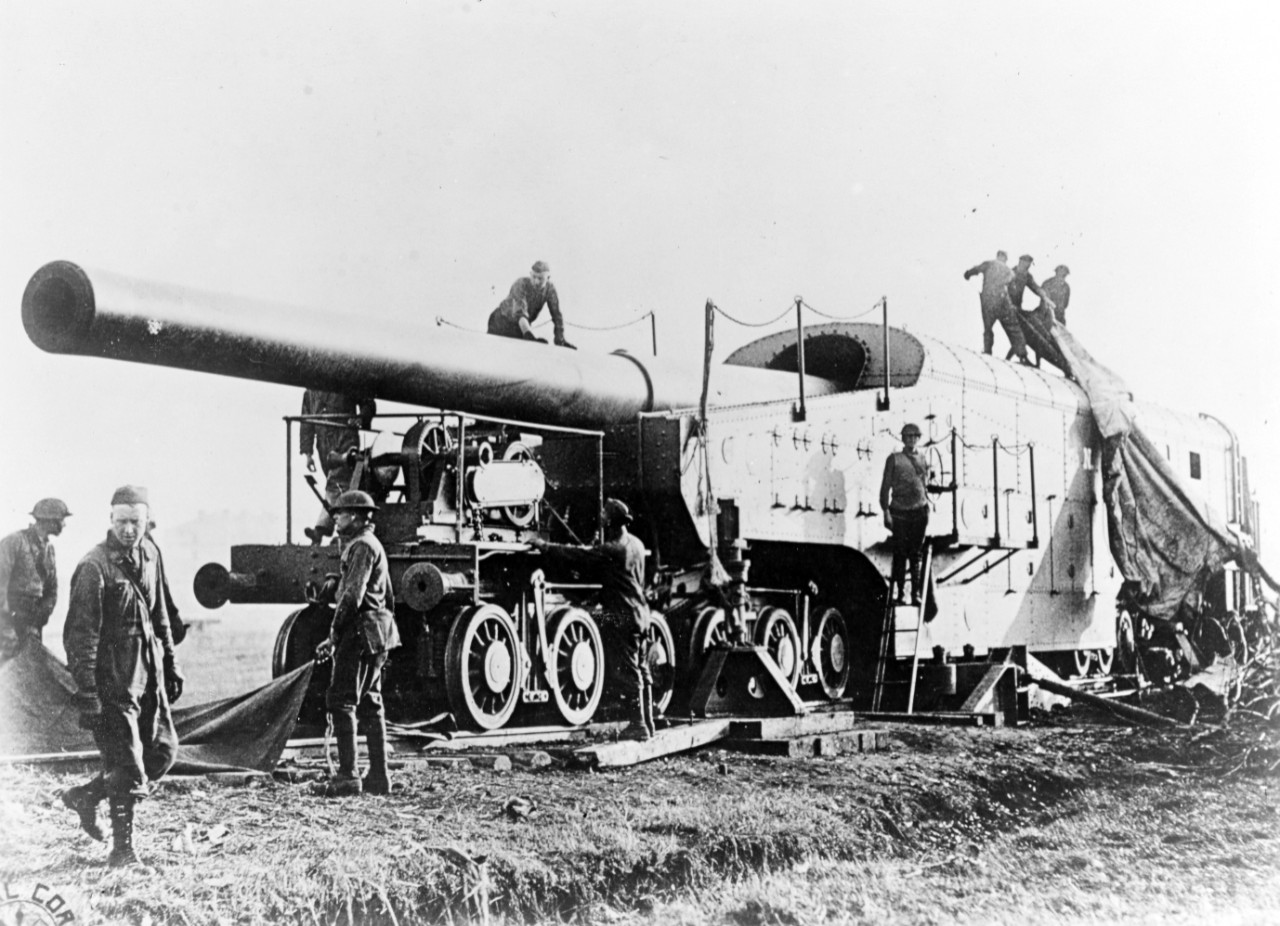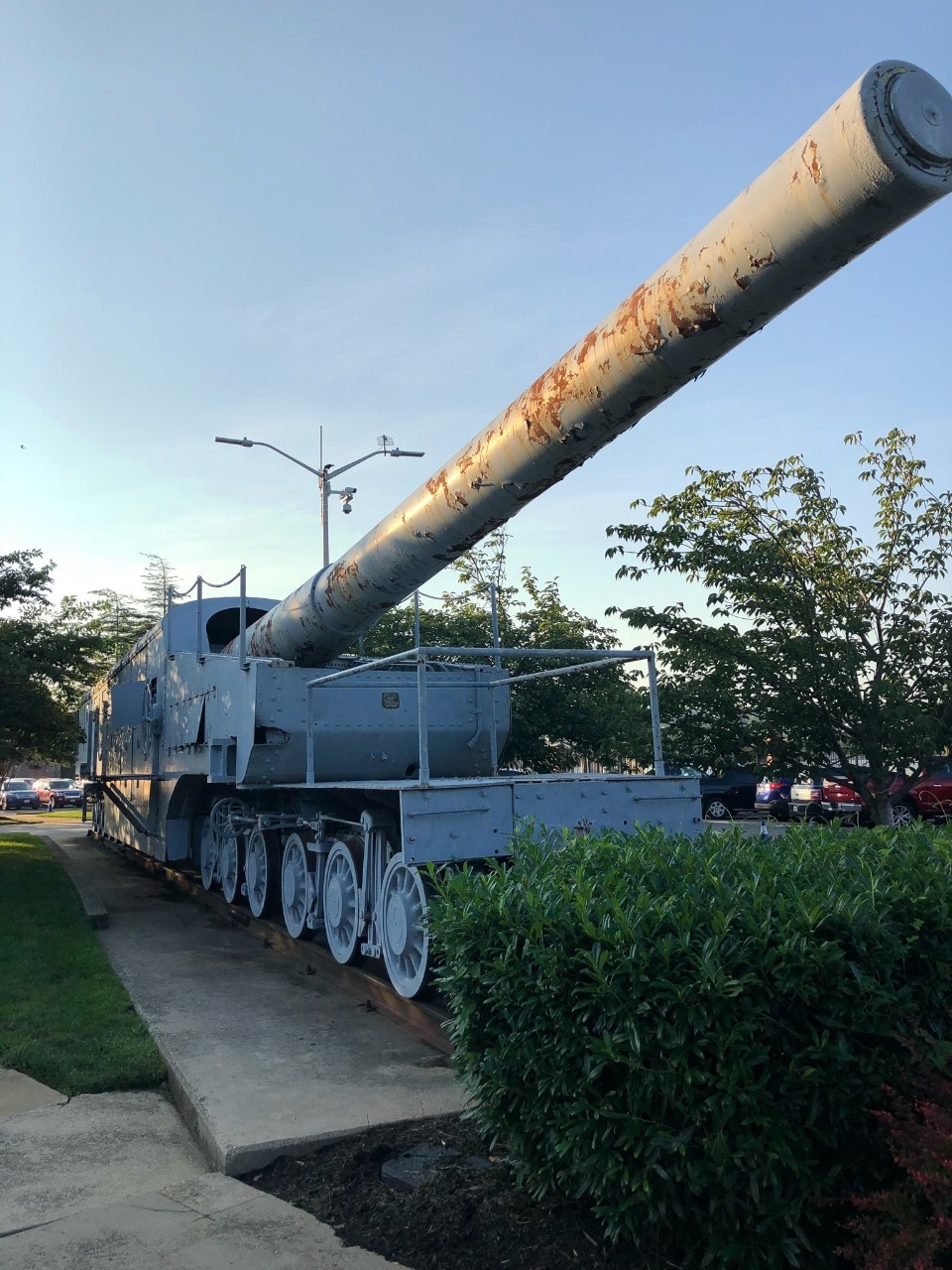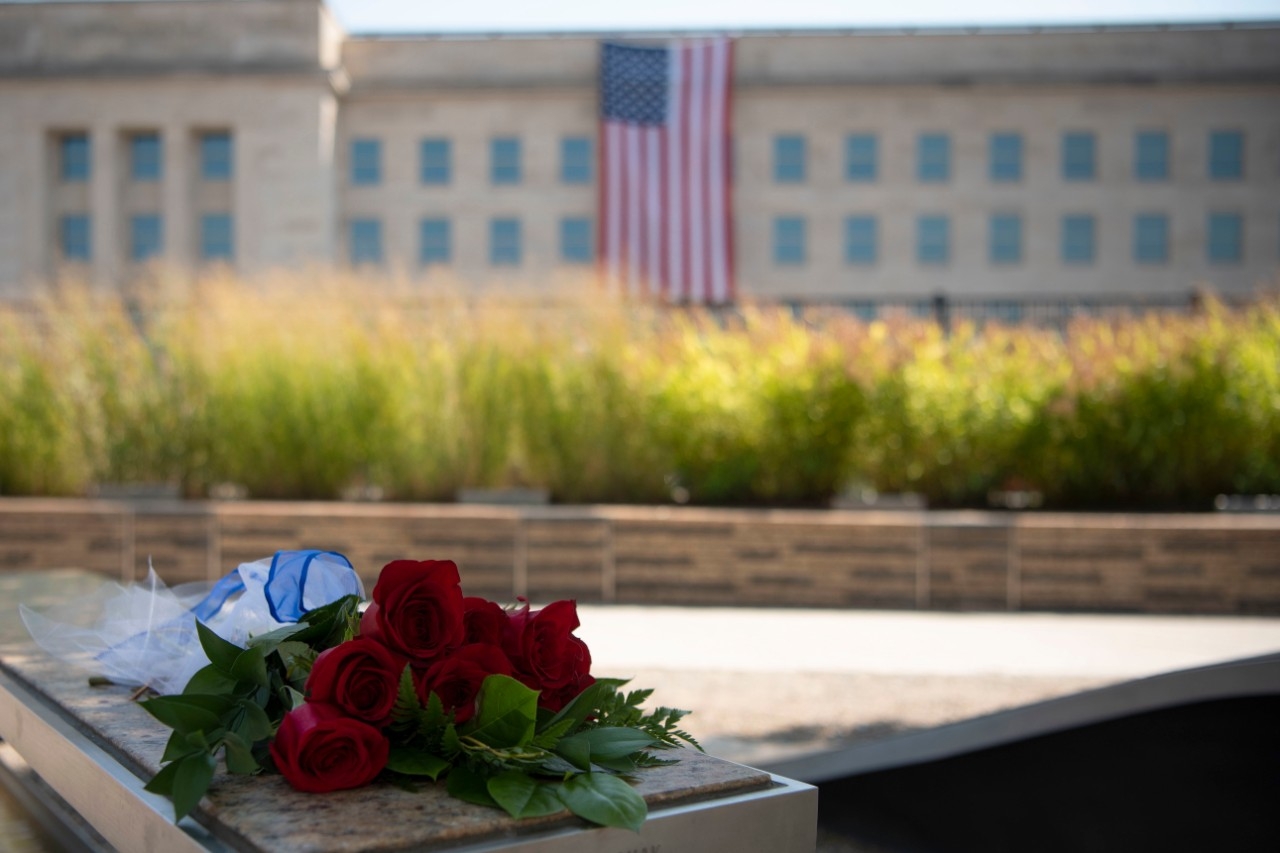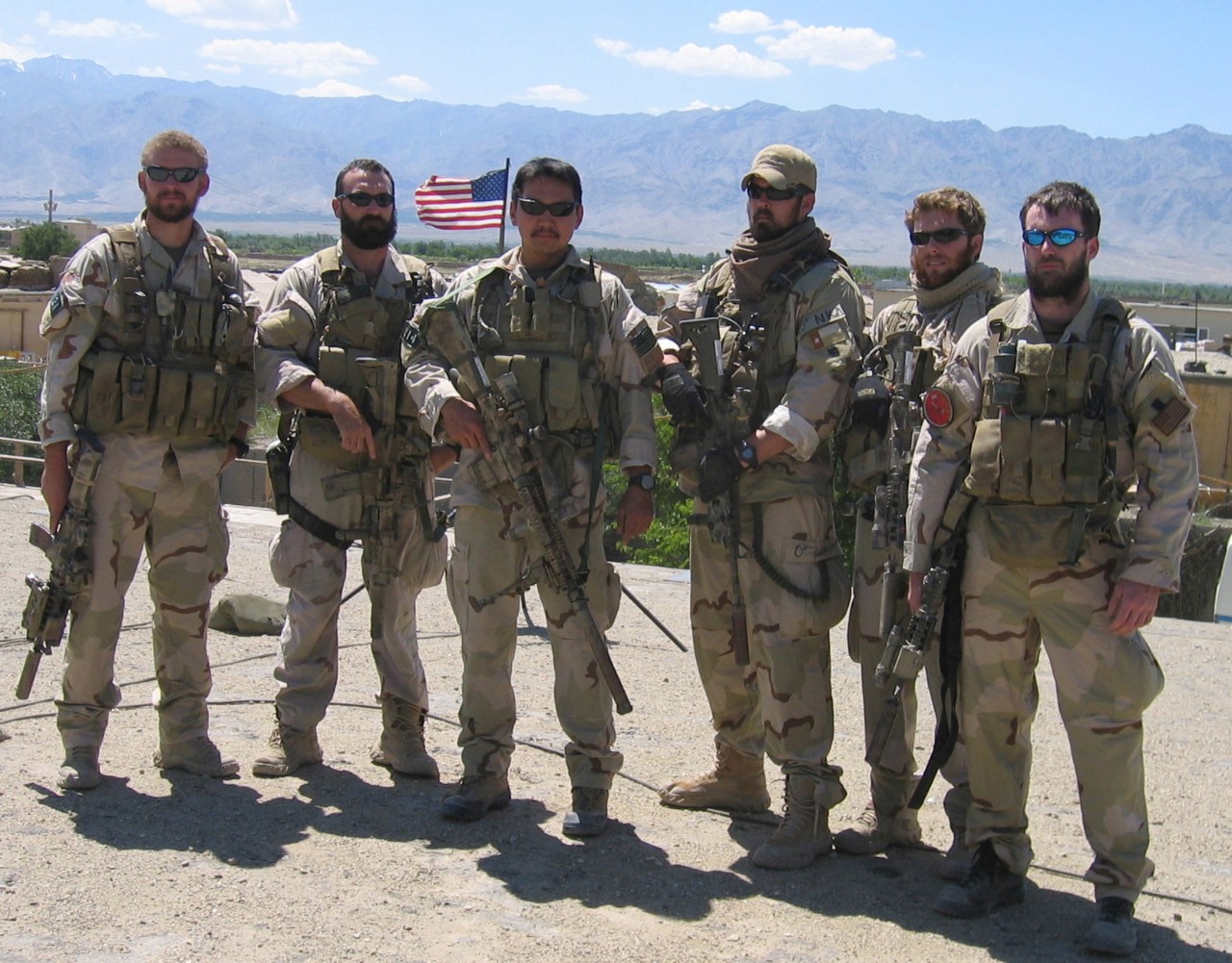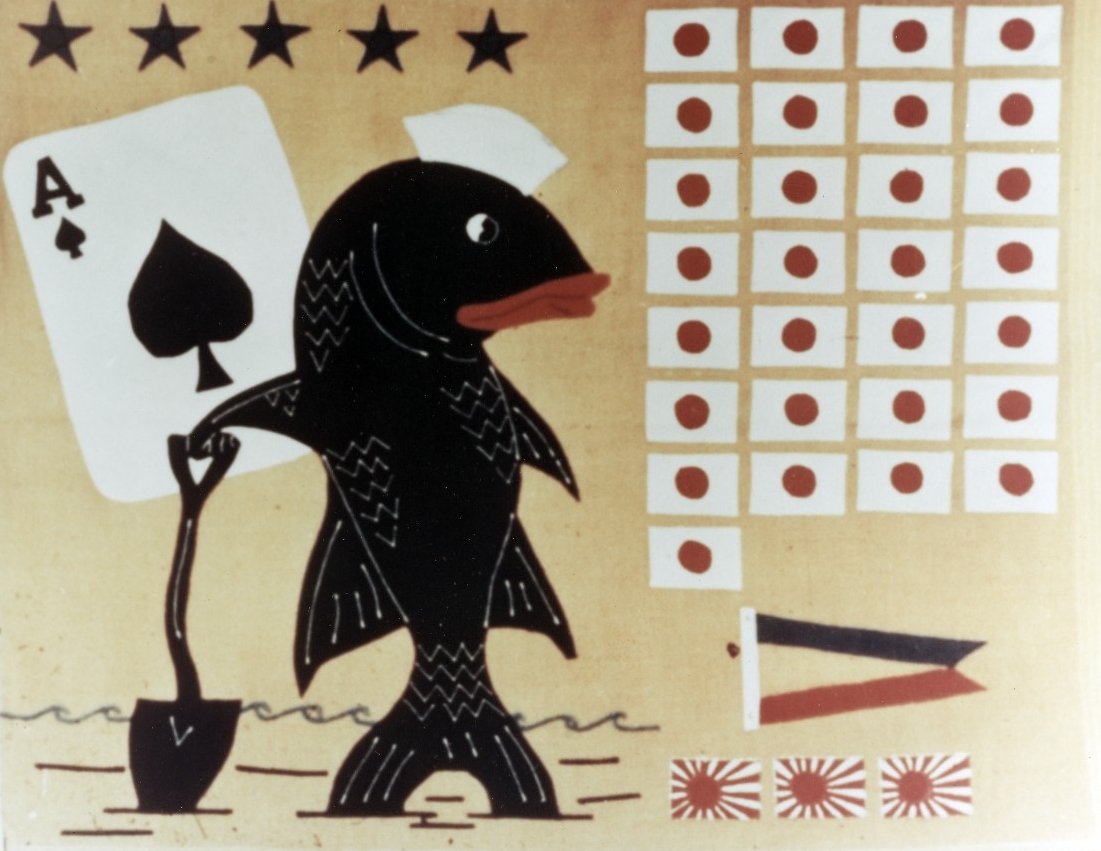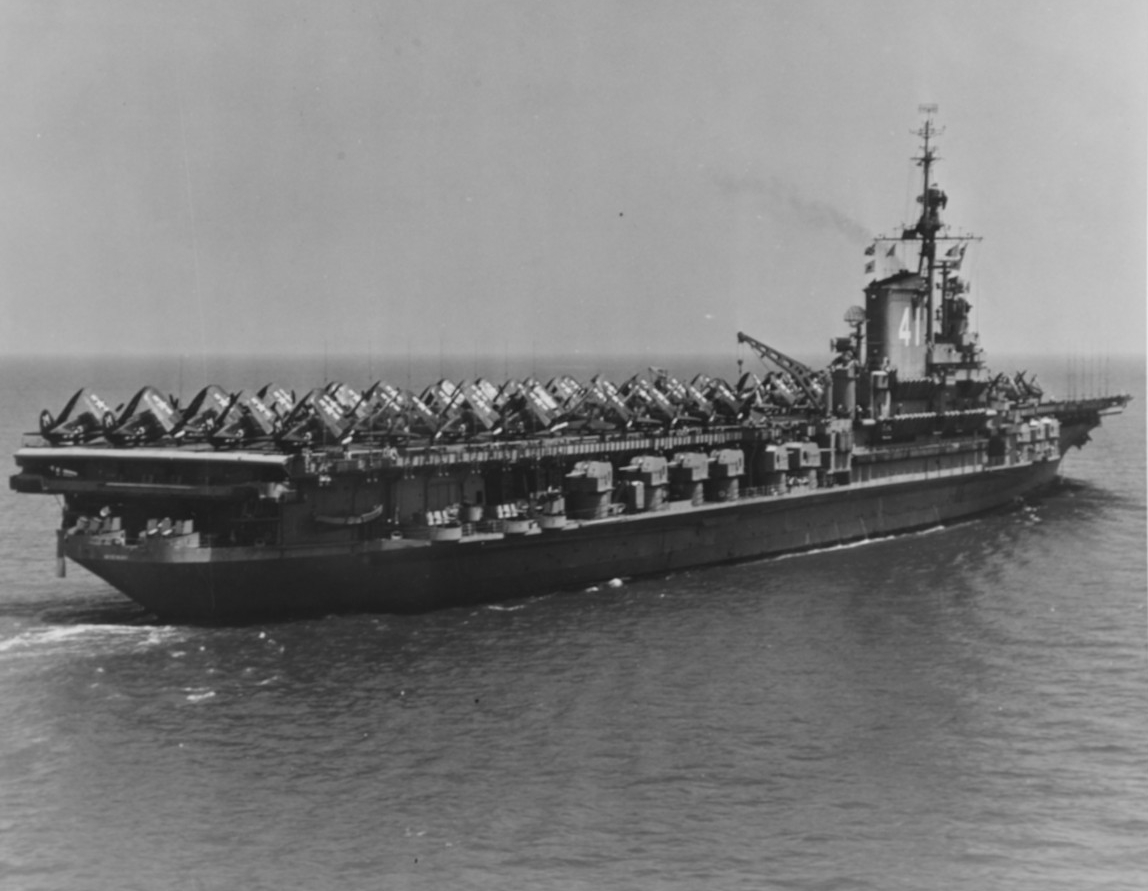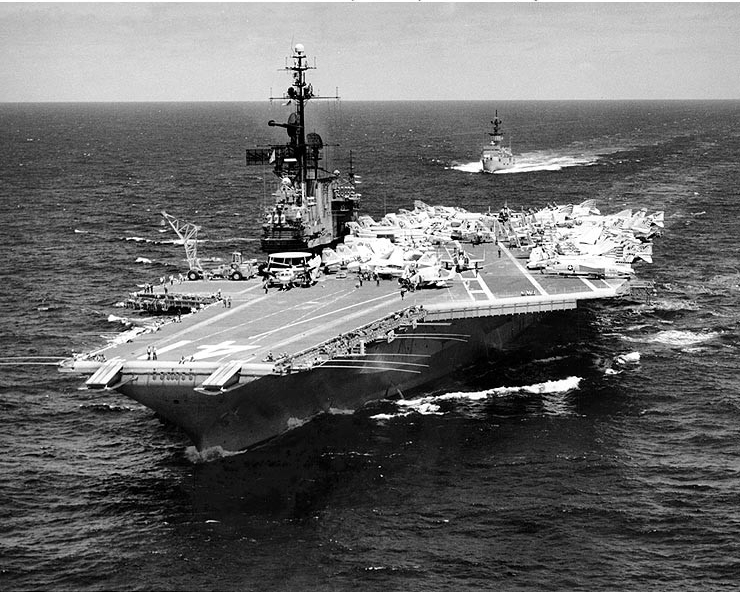Compiled by Brent Hunt, Naval History and Heritage Command’s Communication and Outreach Division
Today in Naval History
On Sept. 6, 1918, in the first use of major-caliber naval weapons in a land offensive, a U.S. naval railway battery, under the command of Lt. (j.g.) E. D. Duckett, began long-range bombardment operations on German forces operating near Soissons, France. The firing marked the employment of a weapon that had been designed and built in only a few months to counter the Germans long-range artillery that could easily hit targets behind allied lines. In 1917, German railway guns regularly bombarded the key port of Dunkirk, France, and in 1918 during the German spring offensive, they lobbed shells into Paris.
For the allies, the U.S. Navy was the first to develop the weapons system that could counter the German long-range artillery during World War I. Rear Adm. Ralph Earle, chief of the Bureau of Ordnance, led in the development of railway guns. In December 1917, design work on the weapon began and quickly concluded in late January the following year. The first railway guns were built and ready to ship by April 1918. However, the situation in France became increasingly desperate with the rapid advance of the German army and the uncertainty of which port would still be in allied hands delayed the delivery of the railway guns to the war effort. Lt. Gen. John J. Pershing, commander of the American Expeditionary Force, wanted the weapons delivered to France as soon as possible because the Germans had an advantage over the allies with their superior long-range artillery. Efforts by other allied countries, and the U.S. Army, to develop long-range rail artillery were not completed before the war was over.
Each of the initial five batteries consisted of one 14-inch naval rifle on a specially constructed railroad car. The 14-inch guns were excess to the Navy’s requirements and available for use because the newest battleships were being armed with 16-inch guns. The guns were assembled on the Washington Navy Yard at a naval gun factory and coupled with railway carriages at the Baldwin Locomotive Works and Standard Steel Car Company in Eddystone, Pennsylvania. In addition to the gun car, each of the five batteries came equipped with a locomotive, two ammunition cars with 25 rounds, two construction material cars, a crane, fuel, workshop, kitchen, and medical cars. The five batteries were each independently mobile under the overall command of Rear Adm. Charles P. Plunkett. The entire unit was staffed with about 25 officers and 500 enlisted personnel.
Due to limitations of the traverse of the gun, a railway siding had to be constructed that pointed in the direction of the enemy. Also, to elevate the gun, a pit was dug underneath the rail bed and the rails removed due to the width of the gun breech. The sheer weight of the battery was also a problem because it exceeded the rated capacity of French railroads. They were limited to a speed of only five miles per hour. Although they were subject to German aerial observation, occasional air attack, and counter-battery fire, their mobility was their best defense. During the war, only one Navy crewmember was killed and a small number were wounded. The five batteries of the naval railway unit fired 782 14-inch rounds on 25 different occasions before the war ended. The last round was fired and made impact just seconds before the armistice cease-fire went into effect at 11 a.m. on Nov. 11, 1918.
The 9/11 Terrorist Attacks
On the morning of Sept. 11, 2001, 19 terrorists from the extremist Islamist group al Qaeda hijacked four commercial aircraft and crashed two of them (American Airlines Flight 11 and United Airlines Flight 175) into the North and South Towers of the World Trade Center complex in New York City. A third plane (American Airlines Flight 77) crashed into the Pentagon in Arlington, Virginia. After learning about the other attacks, passengers on the fourth hijacked plane (United Airlines Flight 93) fought back and the plane was crashed into an empty field in western Pennsylvania about 20 minutes by air from Washington, DC. The Twin Towers ultimately collapsed due to the damage from the impacts and subsequent fires. Nearly 3,000 people from 93 different countries were killed. Most of the fatalities were from the attacks on the World Trade Center. The Pentagon lost 184 civilians and servicemembers. It was the worst attack on American soil since the Japanese attacked Pearl Harbor in 1941.
In wake of the attacks, rescue operations began almost immediately. More than 400 police officers and firefighters lost their lives on that fateful day as they rushed into the Twin Towers in an attempt to rescue people trapped inside. On the morning of Sept. 11, President George W. Bush was visiting a second grade class in Sarasota, Florida, when his chief of staff, Andrew Card, whispered in his right ear, “A second plane hit the second tower. America is under attack.” To keep the president safe, he was hopscotched across the country on Air Force One landing in Washington, DC, that evening. At 8:30 p.m., he addressed the nation. “We will make no distinction between the terrorists who committed these acts and those who harbor them.”
Soon after the attacks, evidence gathered by the United States intelligence community soon convinced most other governments that al-Qaeda was responsible for the attacks. The group’s leader, Osama bin Laden, had made numerous anti-American statements and had been implicated in previous terrorist strikes against American citizens. Al-Qaeda was headquartered in Afghanistan and had a close relationship with the country’s rulers, the Islamic Taliban group. After the Taliban refused to extradite bin Laden and terminate all al-Qaeda activity, NATO Article 5 was invoked, allowing its members to respond collectively in self-defense. On Oct. 7, the U.S. and allied military forces launched an attack against Afghanistan—Operation Enduring Freedom. Within months, thousands of militants were killed or captured and Taliban and al-Qaeda leaders were driven into hiding. In addition, the U.S. government exerted great effort to track down al-Qaeda agents and sympathizers throughout the world and made combating terrorism the focus of U.S. foreign policy. Meanwhile, security measures in the United States were tightened considerably at places such as airports, government buildings, and sports venues. To help facilitate the domestic response, Congress passed the Patriot Act, which temporarily expanded the search and surveillance powers of the FBI and other law enforcement agencies. In addition, the Department of Homeland Security was established.
Meanwhile, on the battlefield in Afghanistan, military operations devastated the Taliban regime and undermined bin Laden’s al-Qaeda network. By December 2001, most campaign goals had been achieved and combat operations shifted to the mountains of eastern Afghanistan, where isolated al-Qaeda and associated Taliban militants had fled. Several months later, U.S. forces launched Operation Anaconda, the largest battle of the war. Hundreds of Taliban and al-Qaeda fighters fled into Pakistan, with bin Laden likely among them. It would not be until May 2, 2011, when U.S. Navy SEALs launched a nighttime raid on bin Laden’s compound in Abbottabad, Pakistan, that the al Qaeda leader was killed.
Operation Enduring Freedom officially ended on Dec. 28, 2014, although coalition forces remained on the ground to assist with training Afghan security forces until August 2021. Since the attacks on Sept. 11, several monuments have been constructed around the United States and in other countries such as England, Italy, and Israel. The National September 11 Memorial and Museum in New York City opened in May 2014. It pays tribute to those killed in the terrorist attacks on Sept. 11 and during a previous terrorist attack on Feb. 26, 1993. The memorial consists of two reflecting pools in the footprints of the Twin Towers. The 9/11 Pentagon Memorial in Arlington is a permanent outdoor memorial that pays tribute to the 184 who were killed in the terrorist attack, and the Flight 93 National Memorial in Shanksville, Pennsylvania, pays tribute to the 40 passengers and crew who gave their lives so that the terrorists that hijacked their plane couldn’t harm anyone else.
Spadefish Singlehandedly Sank Four Enemy Ships
On Sept. 8, 1944, USS Spadefish (SS-411) was patrolling off the Japanese islands of the Nansei Shoto chain when the submarine came in contact with a convoy of eight enemy cargo ships. During a daring night surface attack, Spadefish fired 20 torpedoes that sank Nichiman Maru, Nichian Maru, Shinten Maru, and Shokei Maru, while damaging another. The following morning, she fired her final four torpedoes at an escort guarding the damaged ship, but unfortunately they missed. Although Spadefish was out of torpedoes, she continued to stalk the remaining ships of the convoy that eventually took refuge in the harbor of Ishigaki. About two weeks later, Spadefish terminated her first war patrol at Pearl Harbor having sunk six enemy ships for a total of 31,500 tons. During the patrol, Spadefish had been part of a coordinated attack group with Picuda (SS-382) and Redfish (SS-395). The group sank 13 enemy ships—more than 64,000 tons of shipping.
A month later, Spadefish was underway for her second war patrol in company with Sunfish (SS-281) and Peto (SS-265). While patrolling in the Yellow Sea on Nov. 14, the submarine torpedoed and sank the cargo ship Gyokuyo Maru. Three days later, she came in contact with a convoy that passed overhead. After darkness, Spadefish surfaced and fired six torpedoes at 21,000-ton escort aircraft carrier Jinyo. Then, she turned rapidly to port and fired another four torpedoes at a tanker in the convoy. Although damage to the tanker wasn’t confirmed, Jinyo was a blazing inferno that slipped beneath the waves. Later that night, Spadefish sent four more torpedoes into a Japanese submarine chaser, turning it into a fiery wreck. She concluded her second war patrol by sinking 3,925-ton cargo ship Daiboshi Maru on Nov. 29.
After spending the holidays at Majuro, Spadefish was underway for her third war patrol in company with Pompon (SS-267), Atule (SS-403), and Jallao (SS-368) in the Yellow Sea. On Jan. 28, 1945, she came in contact with an enemy convoy and deployed two spreads of torpedoes that sank 7,158-ton converted seaplane tender Sanuki Maru and frigate Kume. Escorts from the convoy pursued Spadefish, but she managed to escape. Spadefish rounded out the patrol by sinking two more passenger-cargo ships. On her fourth and fifth war patrols of World War II, Spadefish continued her reign of terror on enemy shipping by sinking another nine enemy vessels. Although the boat was commissioned late in the war and only spent one year in the Pacific, she sank 21 ships and mortally damaged many others. Spadefish earned a Presidential Unit Citation for her service during the war. For more on the submarine force, visit NHHC’s website.
Midway Commissioned
On Sept. 10, 1945, USS Midway (CVB-41) was commissioned just eight days after Japan surrendered ending World War II. Midway, first in her class, was at the time the largest ship in the world, and the first U.S. aircraft carrier that was too big to transit the Panama Canal. The “supercarrier” was equipped with an armored flight deck, weighed in at 45,000 tons, housed more than 100 aircraft, and was complimented by a crew of more than 4,000 Sailors and Marines. After a shakedown cruise in the Caribbean, Midway joined the Atlantic Fleet with Norfolk, Virginia, as her homeport.
In March 1946, Midway participated in Operation Frostbite, where she tested equipment and techniques for cold weather operations in the North Atlantic. In September 1947, during Operation Sandy, she test‑fired a captured German V‑2 rocket from her flight deck—the first such launch from a moving platform. The following month, Midway was underway for the first of her annual deployments with Sixth Fleet in the Mediterranean. Between deployments, she received alterations to accommodate heavier aircraft as they were developed.
In 1952, Midway participated in North Sea maneuvers with NATO forces, and on Oct. 1, she was redesignated as an attack aircraft carrier (CVA-41). On Dec. 27, 1954, Midway departed Norfolk for a world cruise, steaming via the Cape of Good Hope for Taiwan, where she joined Seventh Fleet for operations in the western Pacific. During the operations, Midway aviators flew cover for the Tachen Islands evacuation during the Quemoy-Matsu crisis. She continued to operate in the western Pacific until June 1955 when she made way for Bremerton, Washington, for an overhaul that lasted until September 1957.
After renovations, Midway changed homeports to Alameda, California, where she participated in annual deployments with Seventh Fleet. During her 1962 deployment, Midway’s aircraft tested the air defense systems of Japan, South Korea, part of Japan in the Philippines, and Taiwan. When she again steamed for the Far East in March 1965, her aircraft were prepared for combat operations, and from mid‑April flew strikes against military and logistics installations in North and South Vietnam. Illustrative of the major contribution Midway made to the Vietnam War was a notable “first” for aviators of her Attack Carrier Wing 2, who in June downed the first three MIGs credited to U.S. forces in Southeast Asia. She returned to Alameda later that year and entered the San Francisco Bay Naval Shipyard in February 1966 for extensive modernization.
Midway returned to Vietnam, and beginning in May 1971, conducted single carrier operations at Yankee Station that lasted until November when she returned to Alameda. In April 1972, Midway once again returned to Vietnam and participated in Operation Linebacker throughout the summer. Notably during the tour, Midway’s Helicopter Combat Support Squadron 7 rescued 48 downed pilots. She received the Presidential Unit Citation from President Richard Nixon for her “extraordinary heroism and outstanding performance” during the tour. Midway returned to Vietnam in 1975 where she participated in Operation Frequent Wind—the final phase in the evacuation of American civilians and “at-risk” Vietnamese in wake of the fall of Saigon.
After the war, Midway participated in several “show of force” operations to include Operation Paul Bunyan off the Korean coast in 1976, and in the North Arabian Sea during the Iran Hostage Crisis in 1979–80. Throughout the 1980s, Midway continued to operate mostly in the western Pacific. In 1986, Midway underwent refit to alleviate persistent seakeeping issues. Hull blisters were added to improve the ship's stability, but the modifications actually made the ship more unstable in heavy seas. Another refit was ordered to correct the instability problem. During a typhoon while in the Sea of Japan during the Olympic Games in Seoul on Oct. 8, 1988, Midway, which was not supposed to be able to sustain more than 24-degrees of roll, survived a 26-degree roll.
On Aug. 2, 1990, the Iraqi army invaded Kuwait. U.S. forces were swiftly deployed to Saudi Arabia as part of Operation Desert Shield to protect that country from further Iraqi aggression. Meanwhile, the United Nations set an ultimatum of Jan. 15, 1991 for Iraq to leave Kuwait. After Iraq’s leader, Saddam Hussein, repeatedly refused to withdrawal his troops from Kuwait, Operation Desert Storm commenced. Midway, along with a massive multi-country contingency, launched aircraft to conduct the first carrier strikes of the Gulf War. The bombardment by air assets and the effects of the economic embargo decimated Iraq's military infrastructure and morale, degraded communications and supplies, and devastated weapons arsenals. After the 38-day air campaign, ground troops began sweeping through Kuwait in blitzkrieg fashion. In a mere 100 hours, the Iraqi army was crushed and Kuwait was free. Midway departed the Persian Gulf in March.
In June 1991, Midway participated in Operation Fiery Vigil, the evacuation of military members and their families from Clark Air Base on the island of Luzon after the eruption of Mount Pinatubo. Later that year, Midway steamed to Pearl Harbor, where she was relieved by Independence (CVA-62) as the forward-deployed carrier in Yokosuka, Japan. She then steamed to Seattle for a port visit before ultimately making her final voyage to San Diego. Decommissioned on April 11, 1992, Midway was stricken from the Naval Vessel Register on March 17, 1997. On Aug. 29, 2003, Midway was donated to the San Diego Aircraft Museum and began operation as a museum ship on Jan. 13, 2004.

